The scenery around Caliente on my layout required several dense forest areas. Using individual tree models for this purpose can be quite expensive, so I turned to puffball trees.
Puffballs are made from pieces of poly fiber that have been soaked with matte medium and covered in various shades and textures of ground foam. I used a mix of Woodland Scenics light and dark green foliage for my puffball trees. [For more information on making puffball trees, see part 4 of the “Build the Virginian” series in the April 2012 Model Railroader.]
I don’t think the puffballs look very realistic simply stuck to the scenery base. They need to be elevated to match the height of the foreground trees around them. For my puffball trees, I start by cutting fiberglass screen to match the area where I wanted my forest. Using my hot glue gun, I glued strips of cardboard into right angles. After attaching the cardboard angles to the screen with more hot glue, I spray-painted the entire assembly black.
I hot-glued the screen on the layout and installed individual foreground trees around its perimeter. Then I filled in the perimeter with puffballs that I adhered to the cardboard with hot glue. The cardboard and screen are completely hidden. As you can see in the above photo, the finished result looks quite realistic.





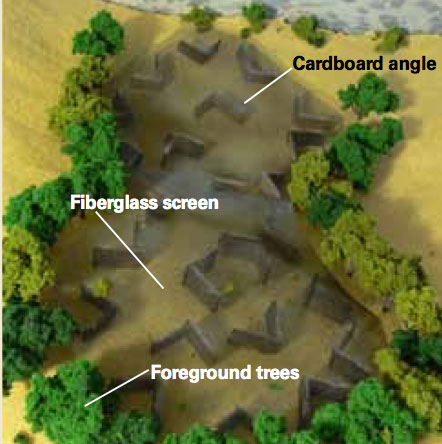

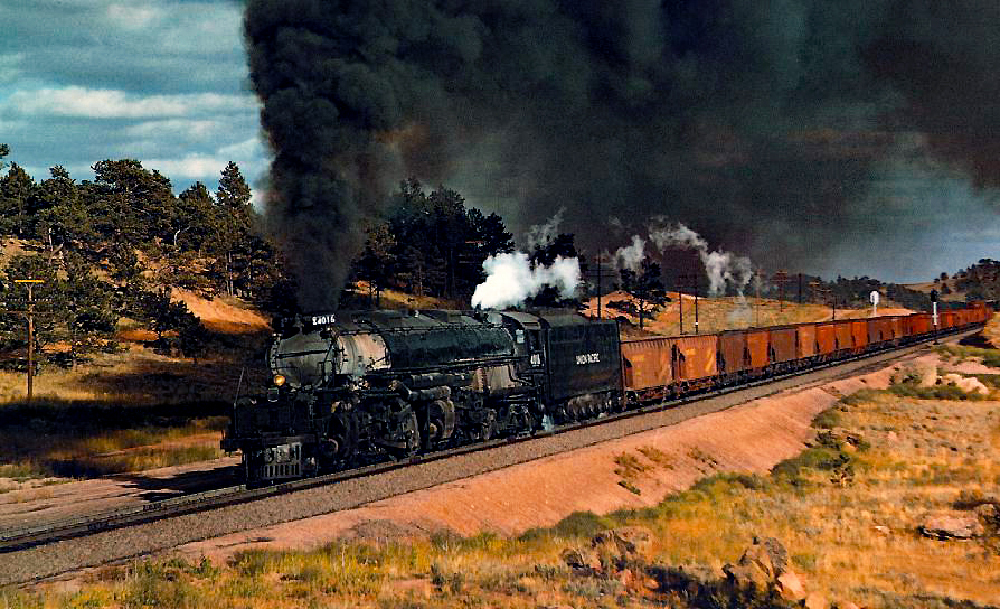
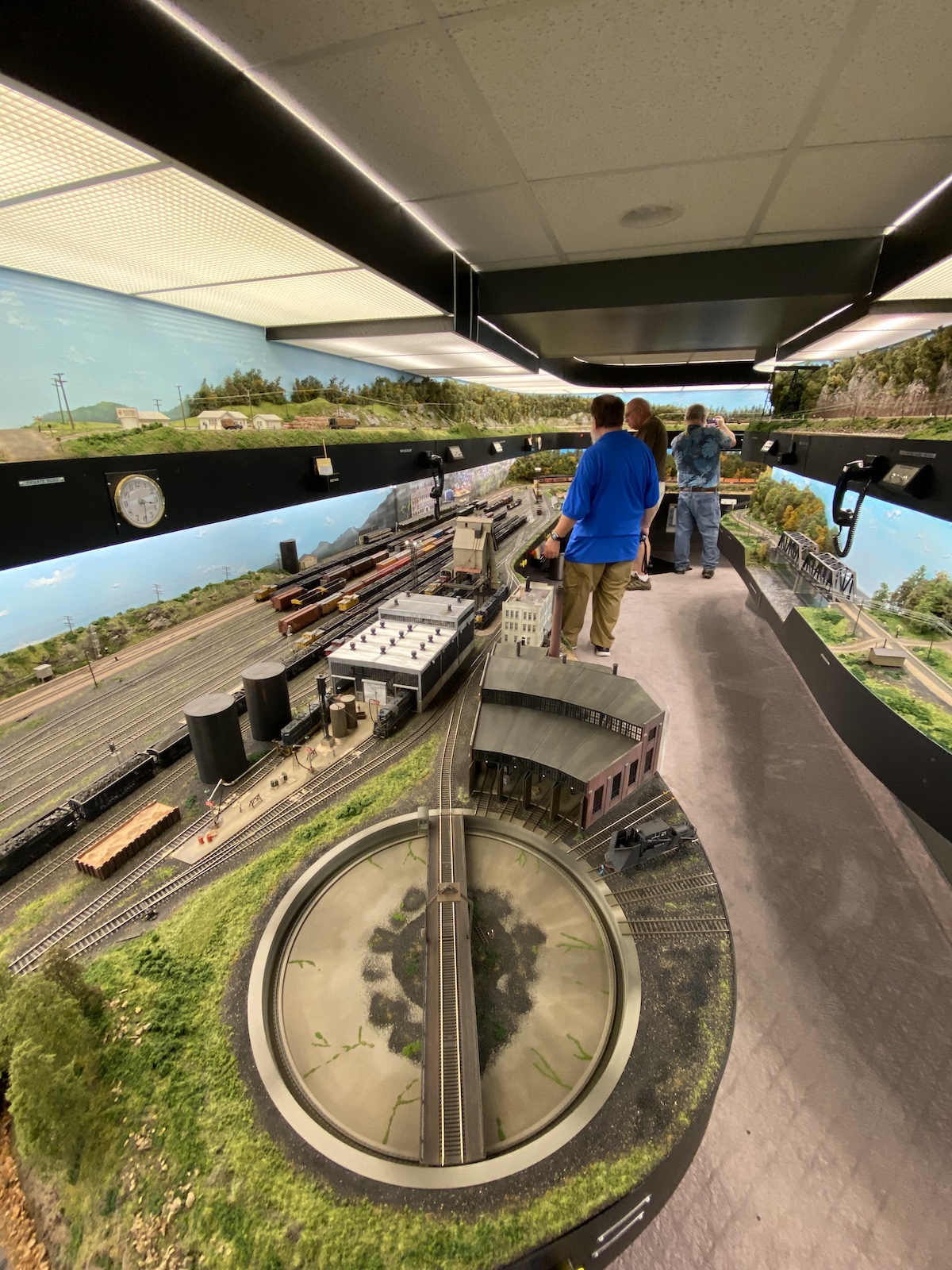
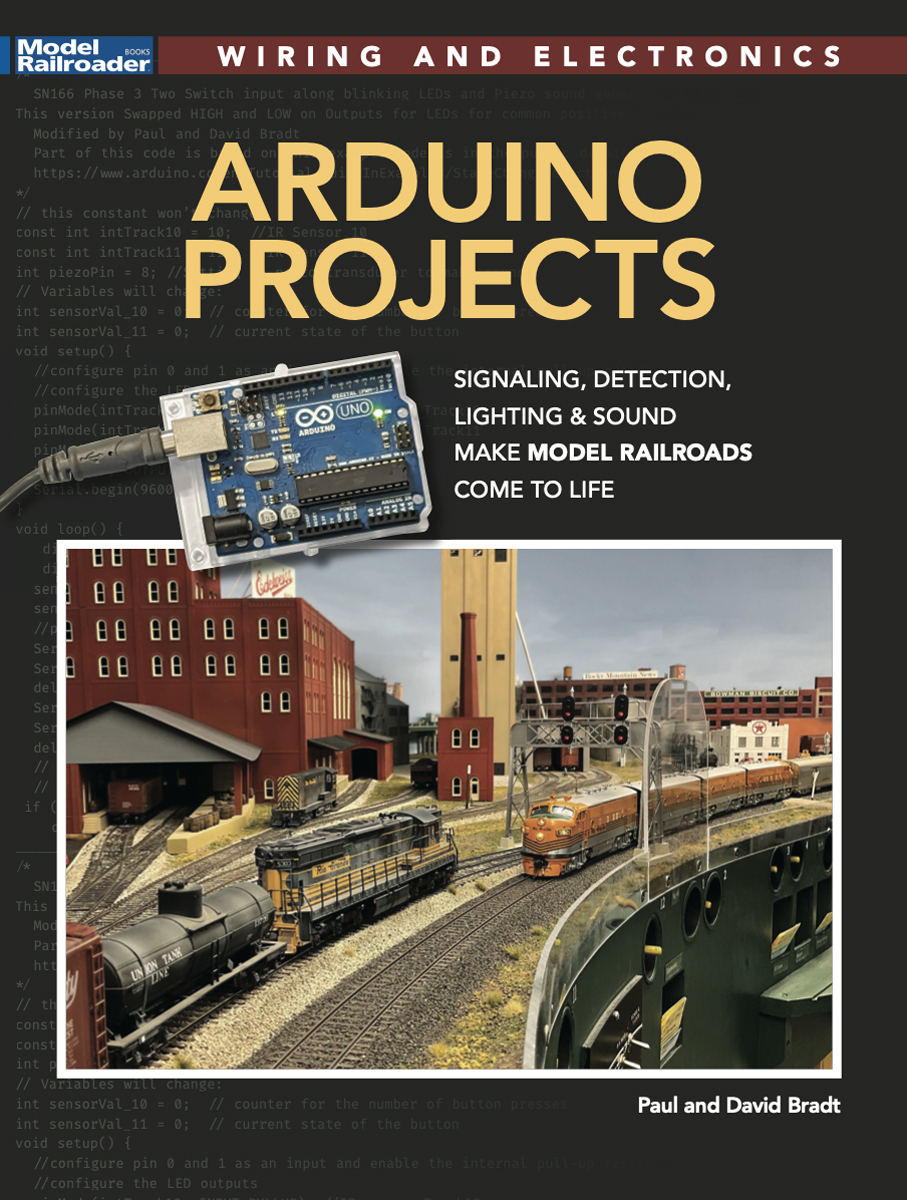
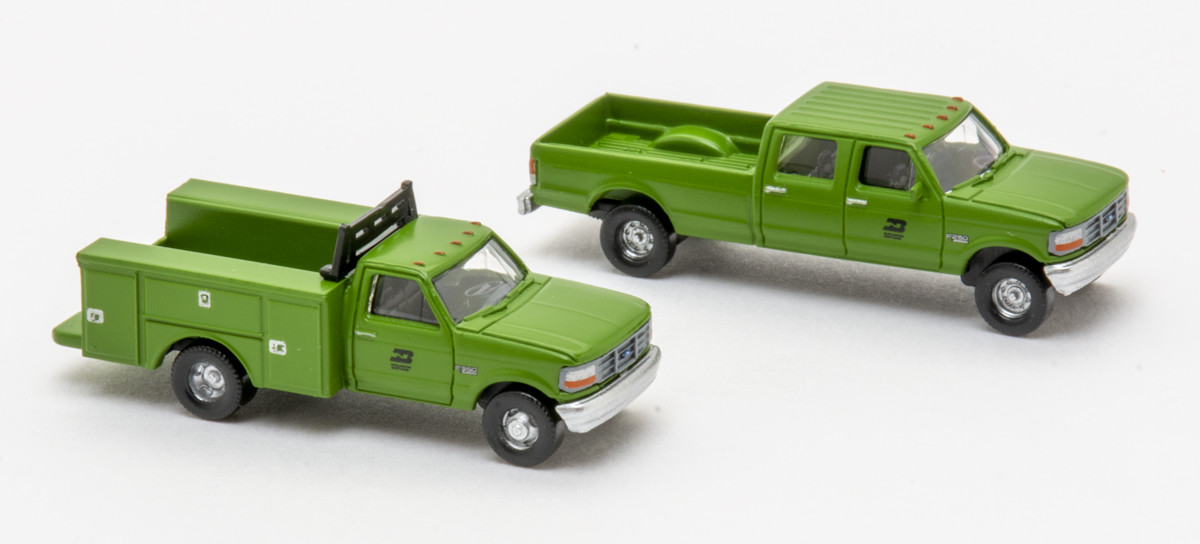




Great tip for those of us relatively new to the hobby. Any similar ideas for creating large evergreen forests? Thanks in advance.
Interesting, and worth trying!
I have 'sweated' for days making individual trees from twigs, weeds, spray pant, and some old dyed sawdust which makes excellent 'scale' leaves (HO).
But I think I'll try your puffballs on a diorama I would like to build.
Thanks, Mike.
Impressive!
Great article on adding large numbers of trees on the layout. I enjoyed Neil's puffball trees episode on the Virginia RR and it will help me fill in large forest aresa on my own layout, but had some concerns about the lack of elevation on trees located right along the edge of the forest area. This article provides a solution to that issue for me. Thanks.
i would agree with alan treiber that is would have been great to see the result after they were all made…but still is a big help to me as i have a big area to fill in and buying trees is expensive.
Great think I'll try it. Price is right.
"How to Make Puffball Trees"
http://mrr.trains.com/Videos/Expert%20Tips/2011/06/Video%20How%20to%20make%20puffball%20trees.aspx
Thanks for the comments, folks!
The right angle strips are hot glued to the screen. This makes a kind of pad which can then be positioned where needed.
Additional photos can be found on Trainboard.com in the N scale forum, search on "Oakville".
In the photo I couldn't tell if the screen was glued to the layout surface or the right angled cardboard. It would make sense to me that the cardboard be glued the layout first. Can you clear that up for me. I think this method would work well on the layout that I'm building.
Could not down load pdf on puffball trees. I have Adobe reader.??
how about a few pics on making of them . it would be appreciated ..we are using a foam matteress that we have ground up and colored it seems to be ok (dunedin new zealand)
A pic of finished job would be nice…
Great idea Jim and as always a person is never too old to learn a new helpful hint. This is what makes this hobby fun and to see what another "rail" does and we help eachother to better our layouts. This of course adds interest of others who may be thinking about our hobby/getting started. It helps everyone in the long haul.
helpful tip for inexpensive forests; would have been nice for an additional picture or two of the technique
I learned about this on Trainboard.